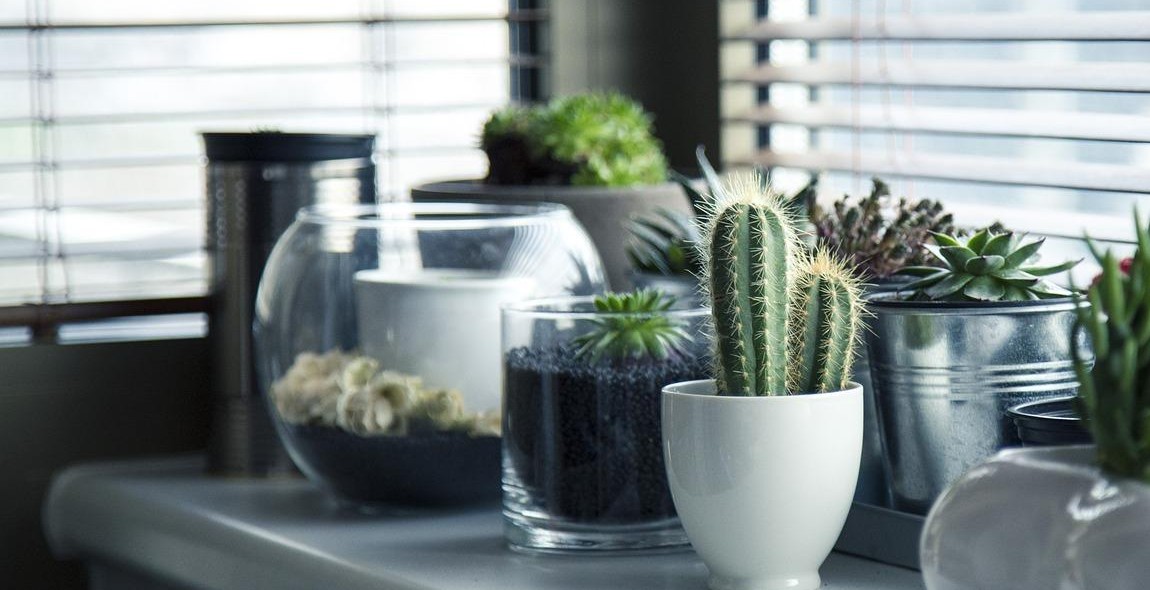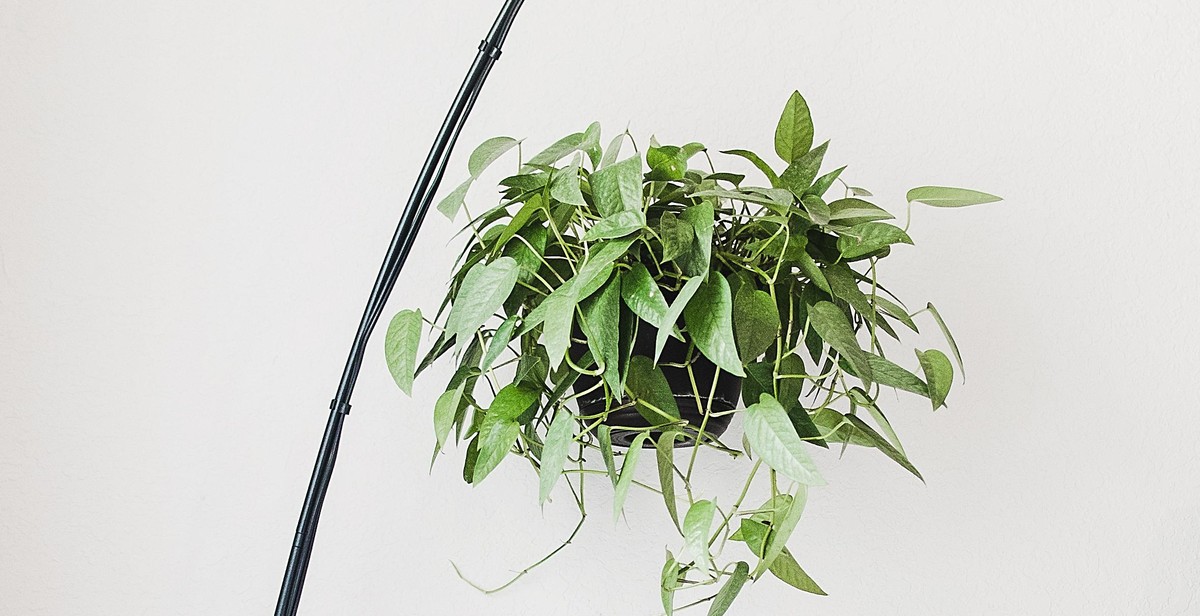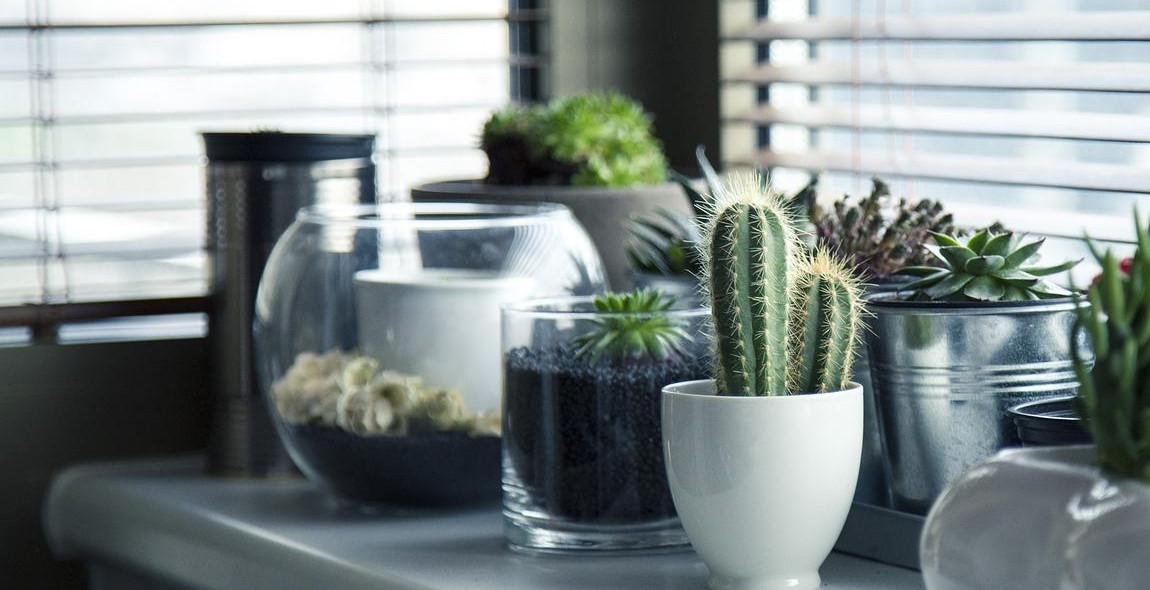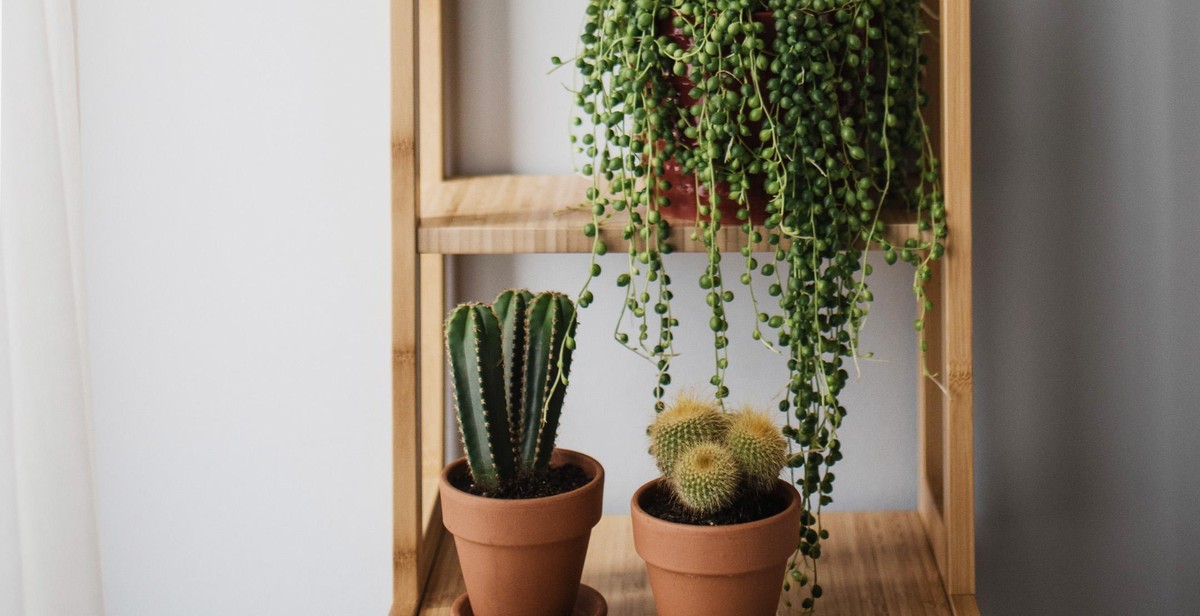How to Care for Indoor Plants: Essential Tips for Keeping Houseplants Healthy
Indoor plants are a great way to add life and color to any space. They not only enhance the aesthetic appeal of a room but also purify the air and promote a sense of well-being. However, taking care of indoor plants can be a challenge, especially for those who are new to gardening.
In this article, we will provide you with essential tips for keeping your houseplants healthy. From choosing the right plant for your space to watering and fertilizing, we will cover everything you need to know to ensure your indoor plants thrive.
Choosing the Right Plant
The first step in caring for indoor plants is choosing the right plant for your space. Consider the amount of light, humidity, and temperature in the room and choose a plant that can thrive in those conditions.
- If your room receives plenty of natural light, consider plants like succulents, cacti, or spider plants.
- If your room has low light, choose plants like snake plants, pothos, or ZZ plants.
- If your room is humid, ferns and tropical plants like peace lilies and rubber plants are a good option.
- If your room is dry, consider plants like aloe vera or cacti that can tolerate low humidity.
Watering and Fertilizing
Watering and fertilizing are crucial for the health of indoor plants. Over-watering or under-watering can lead to root rot or dehydration, while lack of nutrients can cause stunted growth.
- Water your plants when the top inch of soil is dry to the touch. Avoid over-watering, as this can drown the roots.
- Fertilize your plants every 2-4 weeks during the growing season with a balanced fertilizer.
Follow these essential tips and you’ll be well on your way to having healthy, thriving indoor plants that enhance your space and your well-being.

Why Indoor Plants Are Important
Indoor plants are not just a beautiful addition to your home decor. They offer a range of benefits that can improve your physical and mental health. Here are three reasons why indoor plants are important:
Air Purification
Indoor air pollution is a common problem in many households. It can cause a range of health issues such as headaches, allergies, and respiratory problems. Indoor plants can help to purify the air by removing harmful toxins and pollutants. Plants absorb carbon dioxide and release oxygen, which makes the air cleaner and fresher. Some indoor plants are particularly effective in removing toxins such as benzene, formaldehyde, and trichloroethylene. These toxins are commonly found in household items such as furniture, carpets, and cleaning products. Having indoor plants can improve the air quality in your home and promote a healthier living environment.
Mood and Productivity Boost
Indoor plants can also have a positive impact on your mood and productivity. Studies have shown that being around plants can reduce stress levels and improve mental health. Plants can create a calming and relaxing atmosphere which can help to reduce anxiety and depression. They can also boost productivity by improving concentration and focus. Having plants in your workspace can make you feel more energized and motivated, which can lead to increased productivity. Indoor plants can also enhance creativity and inspire new ideas.
Final Thoughts
Indoor plants offer a range of benefits that can improve your physical and mental health. From air purification to mood and productivity boost, there are many reasons to incorporate plants into your home decor. By choosing the right plants and providing them with proper care, you can enjoy all the benefits that indoor plants have to offer.

Choosing the Right Indoor Plants
Choosing the right indoor plants is crucial to their health and longevity. Here are a few key factors to consider when selecting indoor plants:
Consider Lighting
One of the most important factors to consider when choosing indoor plants is lighting. Different plants require different levels of light, and placing a plant in the wrong lighting conditions can lead to stunted growth, yellowing leaves, and even plant death.
Before selecting a plant, evaluate the lighting conditions in the room where it will be placed. If the room receives a lot of natural light, consider plants that thrive in bright, indirect light, such as spider plants, pothos, or aloe vera. For rooms with less natural light, opt for plants that can tolerate lower light levels, such as snake plants or ZZ plants.
Evaluate Space
The amount of space available for a plant is another important consideration. Some indoor plants can grow quite large, while others are more compact. Make sure to choose a plant that will fit comfortably in the space available.
If space is limited, consider a hanging plant or a small potted plant that can sit on a windowsill or bookshelf. If you have more space to work with, consider larger plants such as fiddle leaf figs, rubber plants, or bird of paradise.
Research Plant Needs
Before selecting an indoor plant, it is important to research its specific care requirements. Some plants require frequent watering, while others prefer to dry out between waterings. Some plants thrive in high humidity, while others prefer drier air.
Consider your own lifestyle and schedule when choosing plants. If you travel frequently or have a busy schedule, opt for plants that require less frequent watering and maintenance, such as succulents or cacti. If you have more time to devote to plant care, consider plants that require more attention, such as ferns or orchids.
- Consider lighting conditions in the room where the plant will be placed
- Evaluate the amount of space available for the plant
- Research the specific care requirements of the plant

Essential Care Tips for Indoor Plants
Indoor plants are a great addition to any home, but they require proper care to stay healthy and vibrant. Below are some essential care tips to help keep your houseplants healthy:
Watering
Overwatering is one of the most common mistakes people make when caring for indoor plants. It is important to water your plants only when the soil is dry to the touch. Stick your finger about an inch deep into the soil to check for moisture. If the soil feels dry, it’s time to water your plant.
It is also important not to let your plant sit in standing water as this can lead to root rot. Make sure to empty any excess water from the saucer after watering.
Humidity
Indoor plants thrive in environments with higher humidity levels. To increase humidity around your plants, you can use a humidifier or place a tray of water near your plants. You can also mist your plants with water once a day to help increase humidity levels.
Temperature
Most indoor plants prefer temperatures between 60-75°F (15-24°C). Avoid placing your plants near drafty windows or vents as this can cause temperature fluctuations and stress your plants.
Fertilizing
Indoor plants need nutrients to thrive, so it is important to fertilize them regularly. Use a balanced fertilizer once a month during the growing season (spring and summer) and reduce fertilization during the dormant season (fall and winter).
Pruning
Regular pruning helps keep your plants healthy and encourages new growth. Remove any dead or yellowing leaves and trim back any leggy growth to promote bushier growth.
Pest Control
Indoor plants are susceptible to pests such as spider mites, mealybugs, and scale insects. Keep a close eye on your plants and treat any pest infestations promptly. You can use insecticidal soap or neem oil to control pests.
| Tip | Frequency |
|---|---|
| Watering | When soil is dry to the touch |
| Humidity | Mist once a day or use a humidifier |
| Temperature | 60-75°F (15-24°C) |
| Fertilizing | Once a month during growing season |
| Pruning | As needed to remove dead or yellowing leaves and promote bushier growth |
| Pest Control | Treat promptly with insecticidal soap or neem oil |

Conclusion
Caring for indoor plants can be a rewarding experience that brings life and beauty to your home. With the right knowledge and tools, you can keep your houseplants healthy and thriving for years to come.
Key Takeaways
- Choose the right plant for your space and lifestyle.
- Provide adequate light, water, and humidity for your plants.
- Regularly prune and clean your plants to keep them healthy.
- Watch out for pests and diseases and take action immediately if you notice any issues.
- Use organic fertilizers and potting mix to nourish your plants.
Final Thoughts
Indoor plants not only add beauty to your home, but they also provide numerous health benefits such as improving air quality and reducing stress. By following the essential tips outlined in this article, you can create a healthy and thriving indoor garden that brings joy and relaxation to your daily life.
| Author: | John Smith |
| Date Published: | June 1, 2021 |
| Category: | Gardening |
